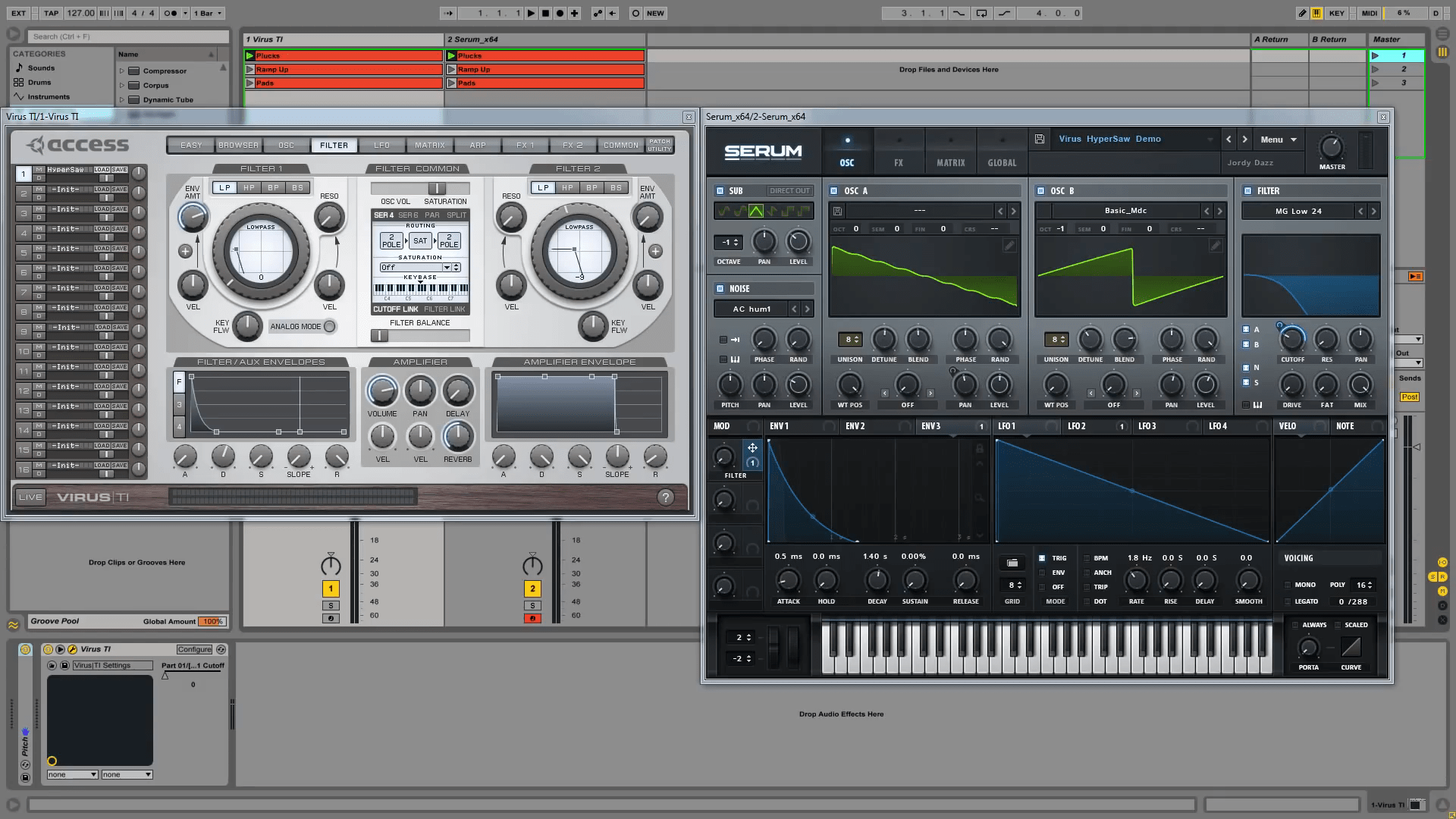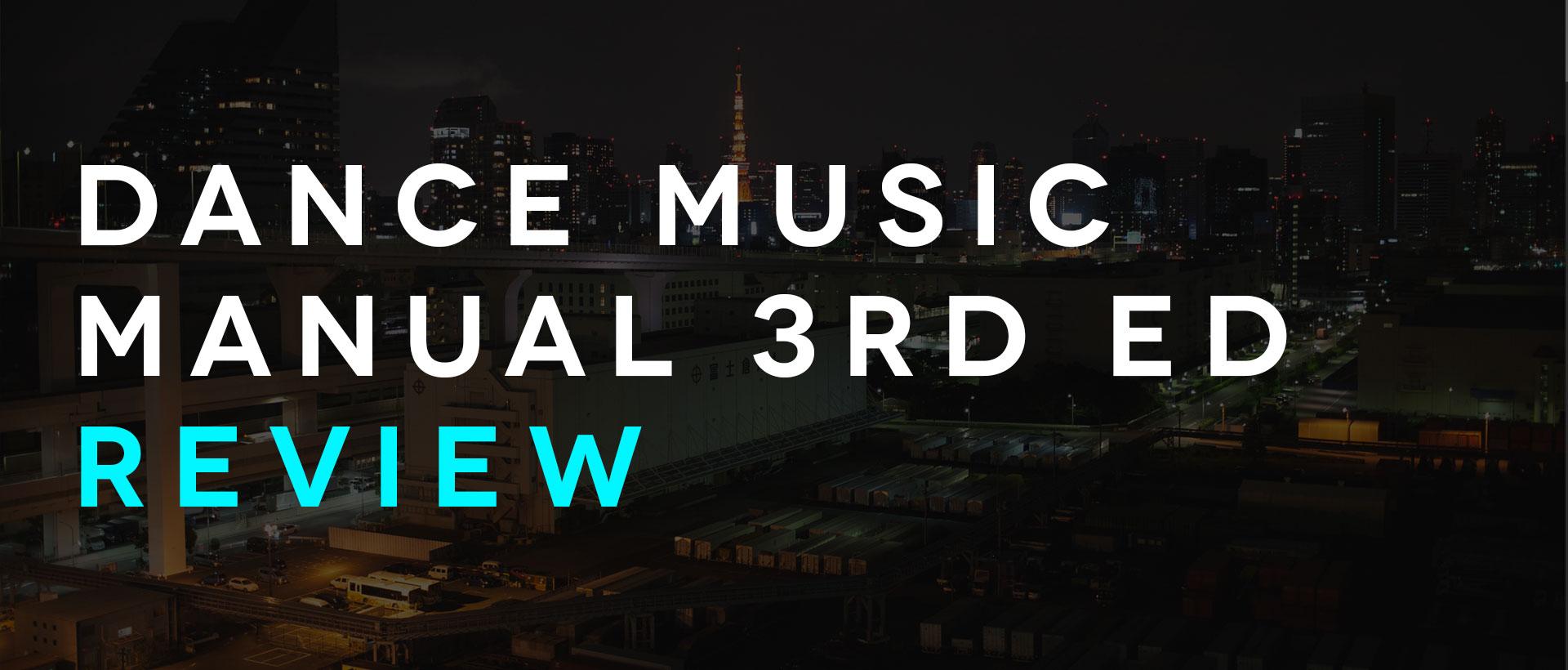Xfer Serum vs the Virus TI — Supersaw Preset and Comparison
Xfer's Serum has been blowing my mind, and to test its abilities, I put it up against the venerable Virus TI hardware synthesizer. The results? Nothing but gold. Truly, a remarkable software synthesizer that can keep up with the old king - and quite possibly exceed it.
Like the sound? I have the Virus TI supersaw preset for Serum out for free! Enjoy!
Dance Music Manual (3rd Edition): Tools, Toys, and Techniques by Rick Sno
If you’re new to producing electronic dance music, Rick Sno’s Dance Music Manual [Amazon.com] is a worthwhile (though highly repetitive) guide to getting started fast. For veteran producers, the book covers the gamut and in much detail; while you won’t take away as much as the novices, you’ll likely leave with a few new gems and information gaps filled.
The Dance Music Manual is an in-depth, top-to-bottom look at dance music - including music theory, mixing, mastering, sound design, promotions, and live performance. At over 500 pages, it’s a lot to process. Thankfully, it comes with audio examples to help cement the concepts.
While the content is strong, much the book is filled describing pre-fab setings, many times, the same ones over and over; personally, I would have liked more anecdotes and reasoning than presets. Still, Sno offers plenty of explanation for you to take those starting points and make them your own.
If you’re the type to skip sections, each chapter is written as a self-contained unit, explaining concepts in depth as they come up. While this made diving in and referencing material easy, reading the book from end to end (as you should) became a huge chore; there are literally paragraphs copied verbatim from chapter to chapter, especially in the genre-specific sections.
Beyond the core content, the guest chapter by Dakova Dae, “A DJ’s Perspective”, is a brilliant guide to performing live. This section covers the entire process, from sourcing and organizing your material to maintaining relationships with venues. It also contains one of the clearest explanations of harmonic mixing I’ve ever read.
The Dance Music Manual is a keeper. While the book suffers from editing issues - there are typos aplenty, a handful of incomplete sentences, and so much of the content could be pared down - it’s still a great way to build or further one’s foundations in dance music. If I had to start over, the Dance Music Manual 3rd Edition [Amazon.com] would be my first port of call.
Reviewer's Note 1: Kindle users - since it's considered a textbook, you can rent the book [Amazon.com] for 60 days for half the retail price! If you don't have a Kindle, it also works for the Kindle reader for mobile and desktop.
Reviewer's Note 2: I urge readers dig a bit deeper into music theory. Sno doesn’t explain intervals, and they’re a huge part of understanding scales, melody, and harmony. MacProVideo has a great series on music theory to get you started.




You must be logged in to post a comment.